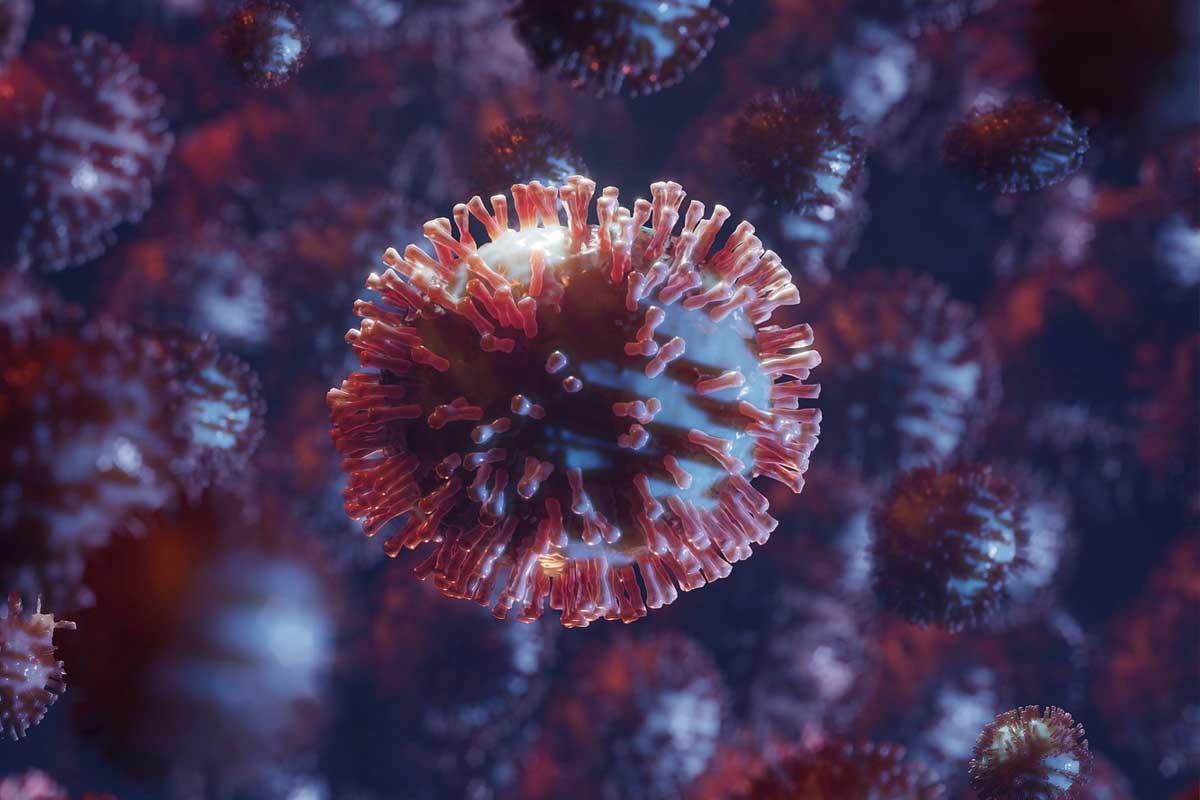
The answer to this question from the scientific community is most often «no». However, the idea sparks some debate because it depends on how we define life. In fact, scientists who argue that viruses are alive also have very strong arguments. The conflict arises because life is one of those things that is very easy to recognise, but very complex to explain and define.
In any case, discussing whether viruses are living or not is of little interest beyond the desire to label or organise. What is of real interest is to understand what viruses are, and in this area, fortunately, there is no debate. Viruses are perfectly well defined. In other words, the fact that a couple of scientists can argue about whether viruses are living things only reflects that they use different definitions of what life is.
If the main characteristic of life were simply the ability to reproduce, viruses would be considered alive, because they produce copies of themselves. So, the most characteristic feature of living things, reproduction, is indeed among their abilities. However, viruses are not cellular beings, so they tend to fall outside the consideration of living things. Bacteria, fungi, plants, and animals are cellular beings, which is enough to qualify directly as living beings and to displace viruses, which are not «one of us».
«The conflict arises because life is one of those things that is very easy to recognise, but very complex to explain and define»
Generally, the following requirements are listed in the description of a living thing. First, they must contain genetic information, which viruses do. Second, living things are compartmentalised. Viruses are fulfil this condition, because, although they are not constituted as cells, they keep their genetic material and proteins isolated from the environment. Third, living things are susceptible to Darwinian evolution. Without going into details, the SARS-CoV-2 variants are proof that viruses fulfil this requirement. Fourth, living things are capable of transforming external matter and energy for their own functioning. This is where viruses fail, because they are too simple. This last requirement is only fulfilled by a complex entity such as a cell, full of molecular machinery acting in coordination and orchestrated by genetic material. Viruses are isolated from the external environment, but do not possess specialised organelles to interact with it.
It is interesting to note that the reason viruses do not qualify as living things is not because they are parasites – many living things are – but because they are simple. They are little more than DNA or RNA and some protein. Viruses have no matter and energy metabolism of their own, so they do not fit (most) definitions of life. But they are certainly not inert elements either.
Answered by Miguel Pita, researcher and professor of Genetics at the Autonomous University of Madrid.
«Mètode’s whys and wherefores» is a popular science section in which readers can submit their scientific doubts or questions and an expert on the subject will answer them. You can submit your questions with this form. Among all those we publish, a set of Mètode publications will be drawn every quarter.





